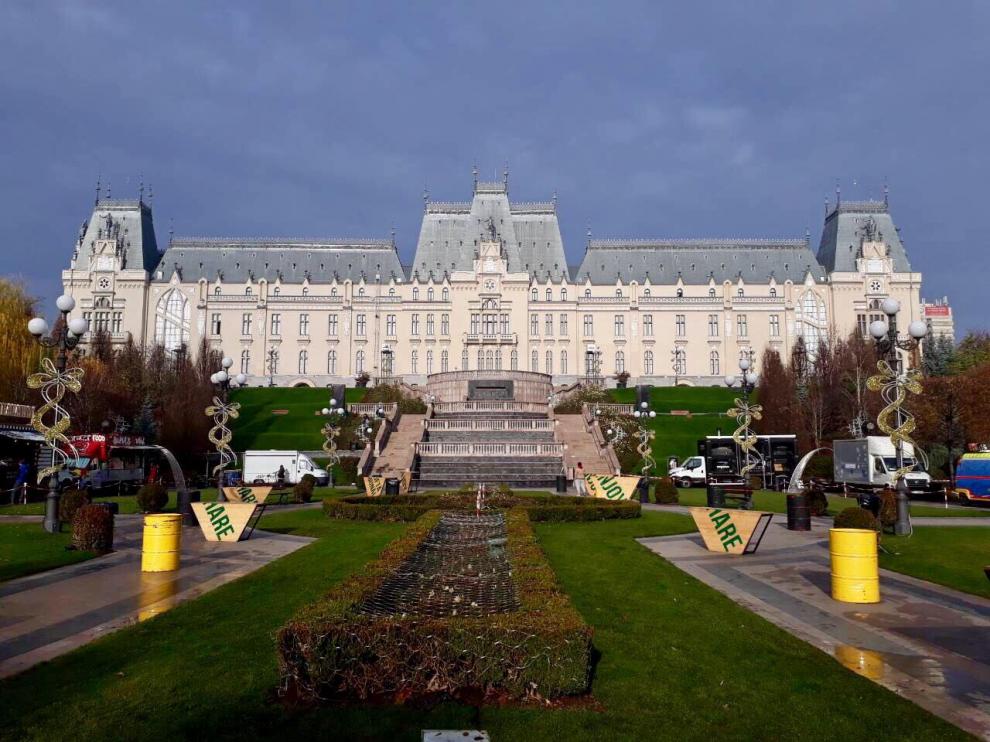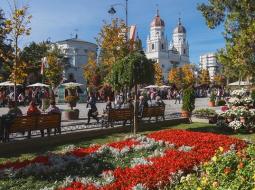Thessaloniki gets ready for its metro launch in November
The underground rapid transit lines have been under construction for almost two decades due to various project delays
 TheMayor.EU logo
TheMayor.EU logo 
Iasi is the second-largest city in Romania, after the national capital Bucharest and the seat of Iasi Country. Iasi is a symbol in Romanian history. Located in the historical region of Moldavia, Iași has traditionally been one of the leading centres of Romanian social, cultural, academic and artistic life. The city was the capital of the Principality of Moldavia from 1564 to 1859, then of the United Principalities from 1859 to 1862, and the capital of Romania from 1916 to 1918. The city is known as The Cultural Capital of Romania.
The city of Iasi is situated in S-E Europe, in the N-E Region of Romania and it is the most important city near the eastern border, the eastern entrance gate to the European Union and capital of the Euro-region. With a population of around 390,000 inhabitants, Iasi is among the largest cities in the country.
Iasi is an important economic centre in Romania. The local and regional economy relies on industry and service sector institutions and establishments. The most important service sectors are related to education, health care, banking, research, culture, government and tourism.
The city is an important information technology centre, with the presence of several large multinational companies and many other local and foreign companies, as well as two universities which offer specific degree programs. Industry forecasts expect the Iasi ITC workforce to grow from the current 16,000 (end of 2016) employees to more than 33,000 by 2030.
An estimated workforce of more than 35,000 employees is active in Iași's industrial manufacturing sector, particularly in automotive industry, pharmaceuticals, metallurgy, aerospace, industrial equipment, energy, textiles and clothing, home appliances, building materials and food.
Located in an area recognised for its vineyards and wines, Iasi is part of a traditional wine region with viticultural centres surrounding the city: Copou, Bucium, Uricani, Comarna, Plugari, and Probota.

The Romanian city of Iasi is often referred to as the country's "Cultural Capital". Over the course of the last 500 years, history, culture and religious life have shaped the city's unique character. Iasi boasts an impressive number of Orthodox churches, numbering nearly 100, with most of them located in the so-called Golden Plateau. The oldest among them, namely the Princely Saint Nicholas Church, dates back to the reign of Stephen the Great (Stefan cel Mare, 1457-1504). The finest of them all, however, are the 17th century St. Paraschiva Metropolitan Cathedral and Trei Ierarhi Church, the latter being pointed to as curious example of Byzantine art, erected in 1635-1639 by Vasile Lupu with its outer walls and twin towers intricately carved into a marvelous display of architecture.
The Golden Plateau represents the very heart of the city, around which the entire settlement evolved over the centuries. With the Palace of Culture on the one end and the Union Square on the other, the Golden Plateau boasts churches and princely palaces on both sides of Stefan cel Mare si Sfant Boulevard that runs straight through its centre. Many other important sites can also be found when exploring nearby streets.
Address: Blvd. Stefan cel Mare si Sfant 45